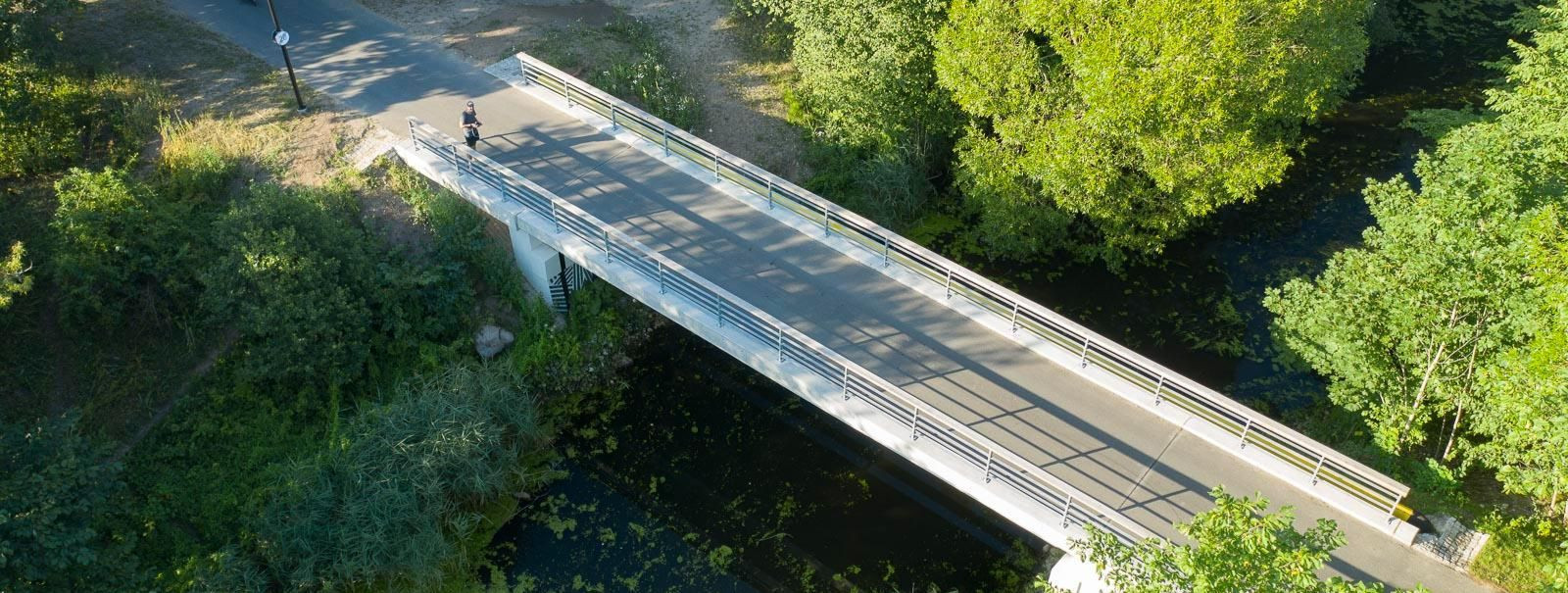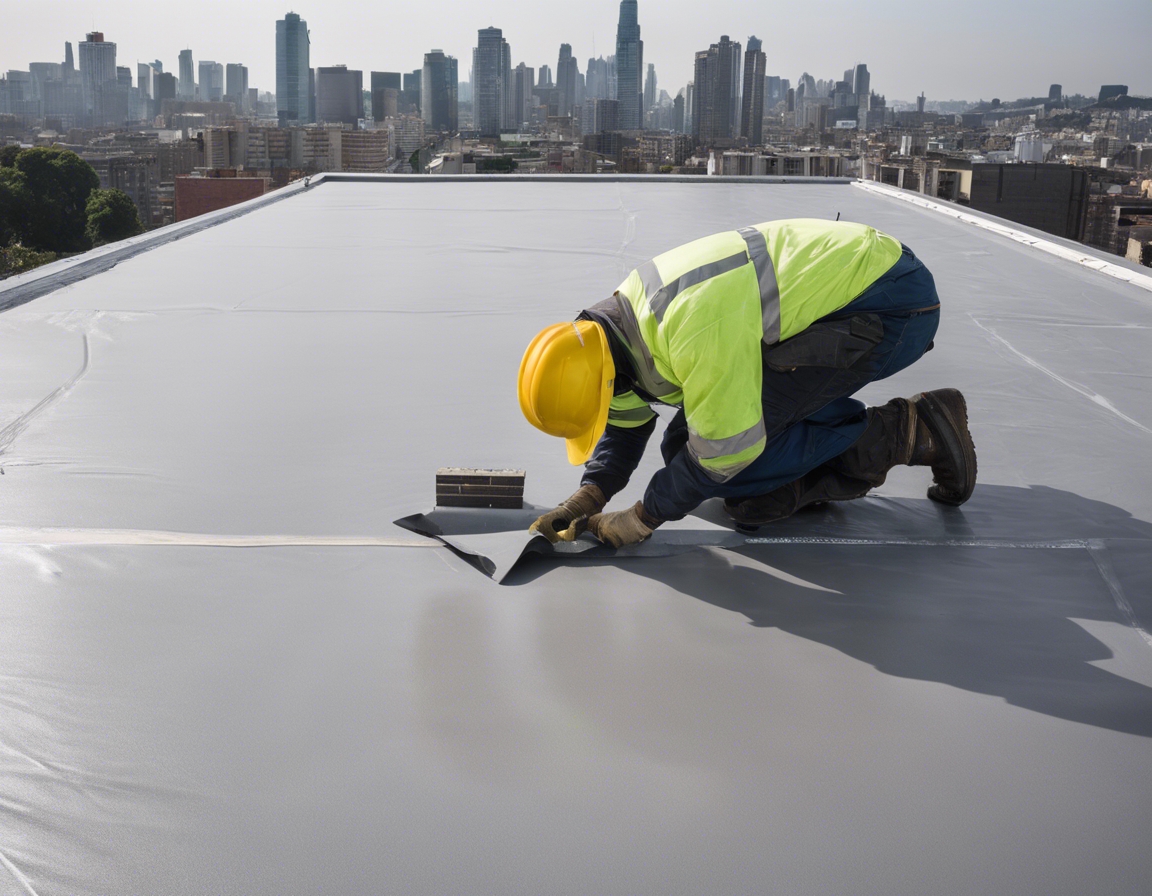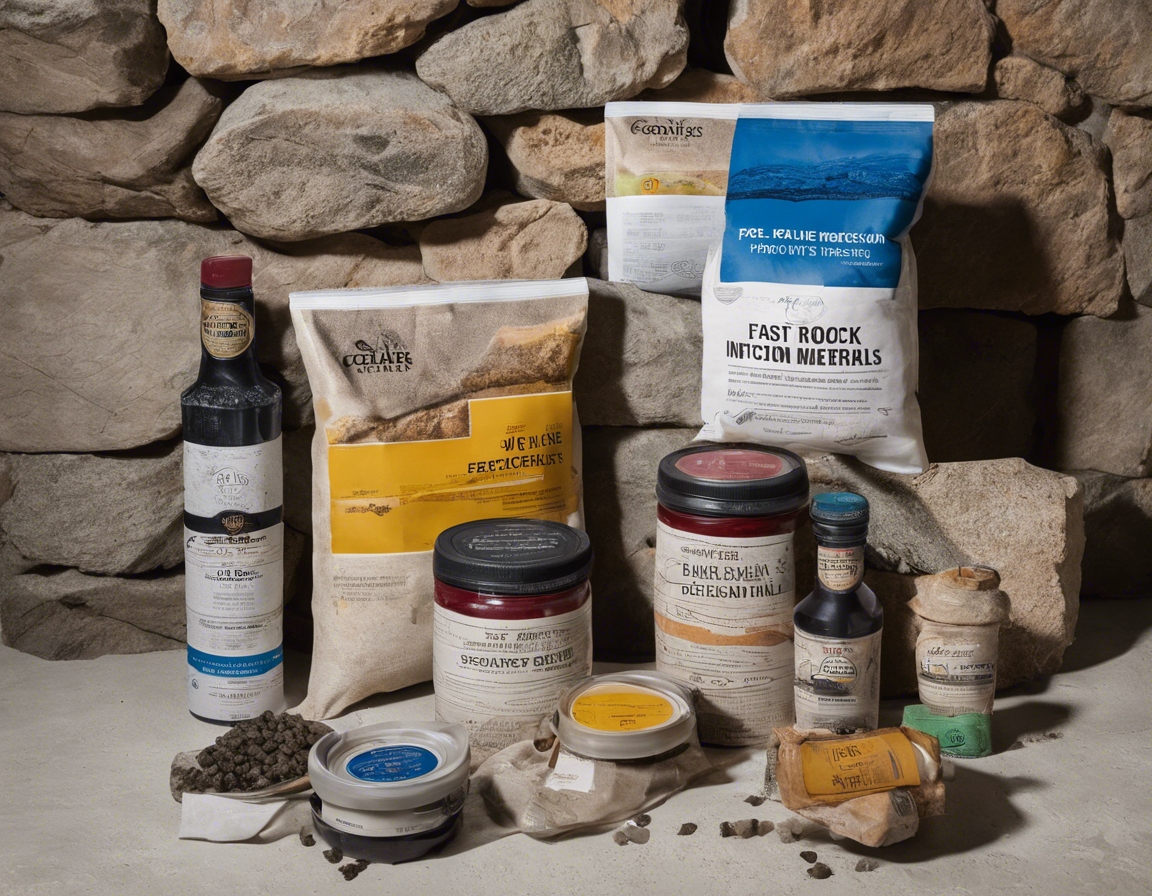The future of waterproofing: self-healing concrete
Self-healing concrete represents a revolutionary advancement in building materials, offering the ability to repair its own cracks and imperfections. This innovative material is designed to respond to the natural wear and tear of concrete structures, providing a dynamic solution to one of the construction industry's most persistent challenges: waterproofing.
Water damage can compromise the structural integrity of buildings and infrastructure, leading to costly repairs and potential safety hazards. The development of self-healing concrete addresses these concerns by providing a built-in defense mechanism against water ingress.
The Science Behind Self-Healing Concrete
Self-healing concrete can be categorized into two main types: biological and chemical. Biological self-healing involves the use of bacteria that produce limestone to seal cracks, while chemical self-healing relies on embedded healing agents that react when exposed to water or air.
The effectiveness of self-healing concrete is dependent on the careful selection and combination of its components. These may include specific bacteria strains, calcium lactate, and microcapsules containing healing agents that are activated upon crack formation.
Advantages of Self-Healing Concrete
By automatically repairing cracks, self-healing concrete significantly extends the lifespan of structures, reducing the frequency of required maintenance and the likelihood of severe damage.
The self-repairing capabilities of this material can lead to substantial cost savings over time, as the need for manual repairs and associated labor is greatly diminished.
Self-healing concrete contributes to sustainability efforts by reducing waste, lowering carbon emissions associated with repair work, and conserving natural resources through its extended service life.
Applications in the Construction Industry
From bridges to tunnels, self-healing concrete offers a resilient option for large-scale infrastructure projects that require robust waterproofing and longevity.
This material is also ideal for residential and agricultural constructions, where water exposure can be a frequent issue, threatening the durability of foundations and walls.
Self-healing concrete is particularly beneficial in environments that are difficult to access for repairs, such as underwater structures or high-rise buildings.
Challenges and Considerations
While the long-term benefits are clear, the initial investment in self-healing concrete can be higher than traditional materials, which may be a consideration for budget-conscious projects.
Integrating self-healing concrete into existing construction practices requires a shift in approach and may involve a learning curve for industry professionals.
Continuous research is essential to improve the efficiency and cost-effectiveness of self-healing concrete, ensuring its widespread adoption in the future of construction.






Comments (0)